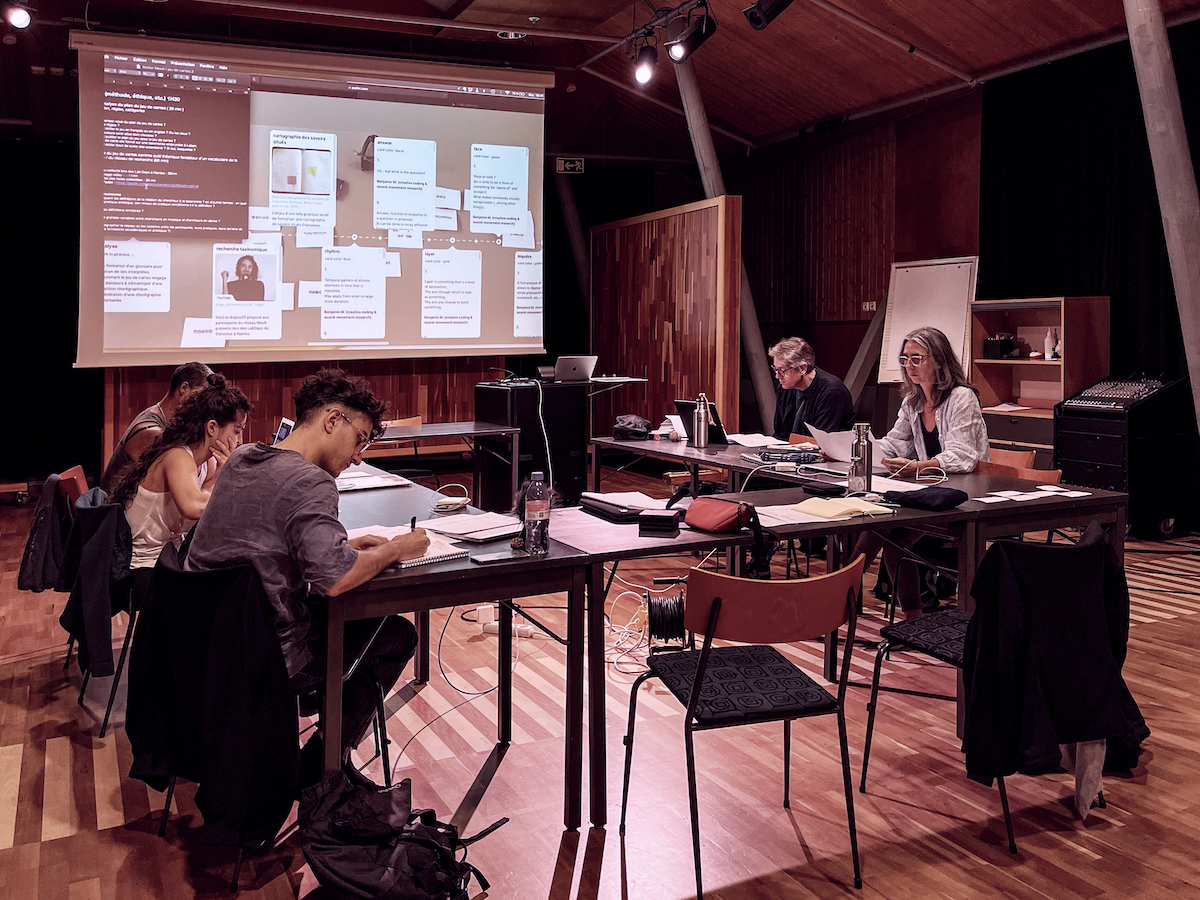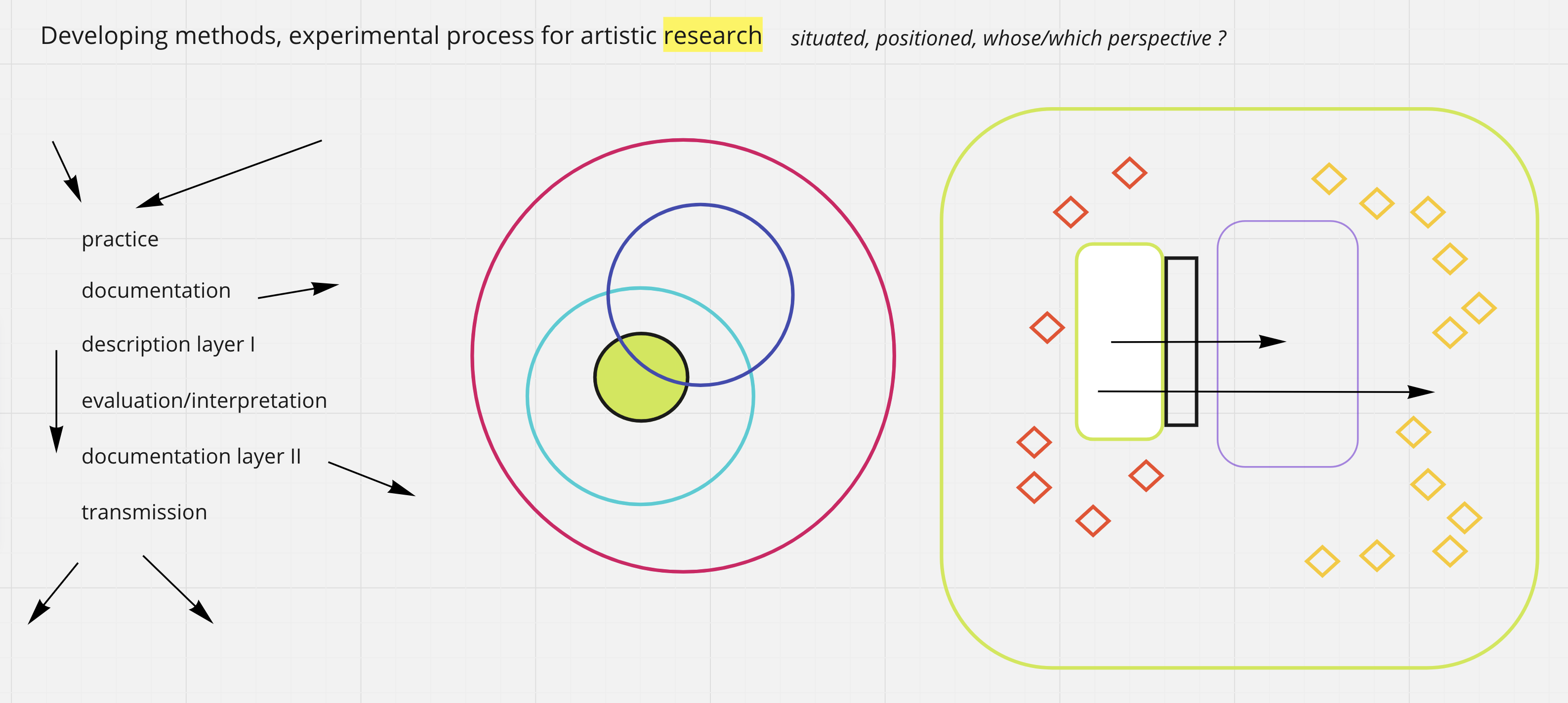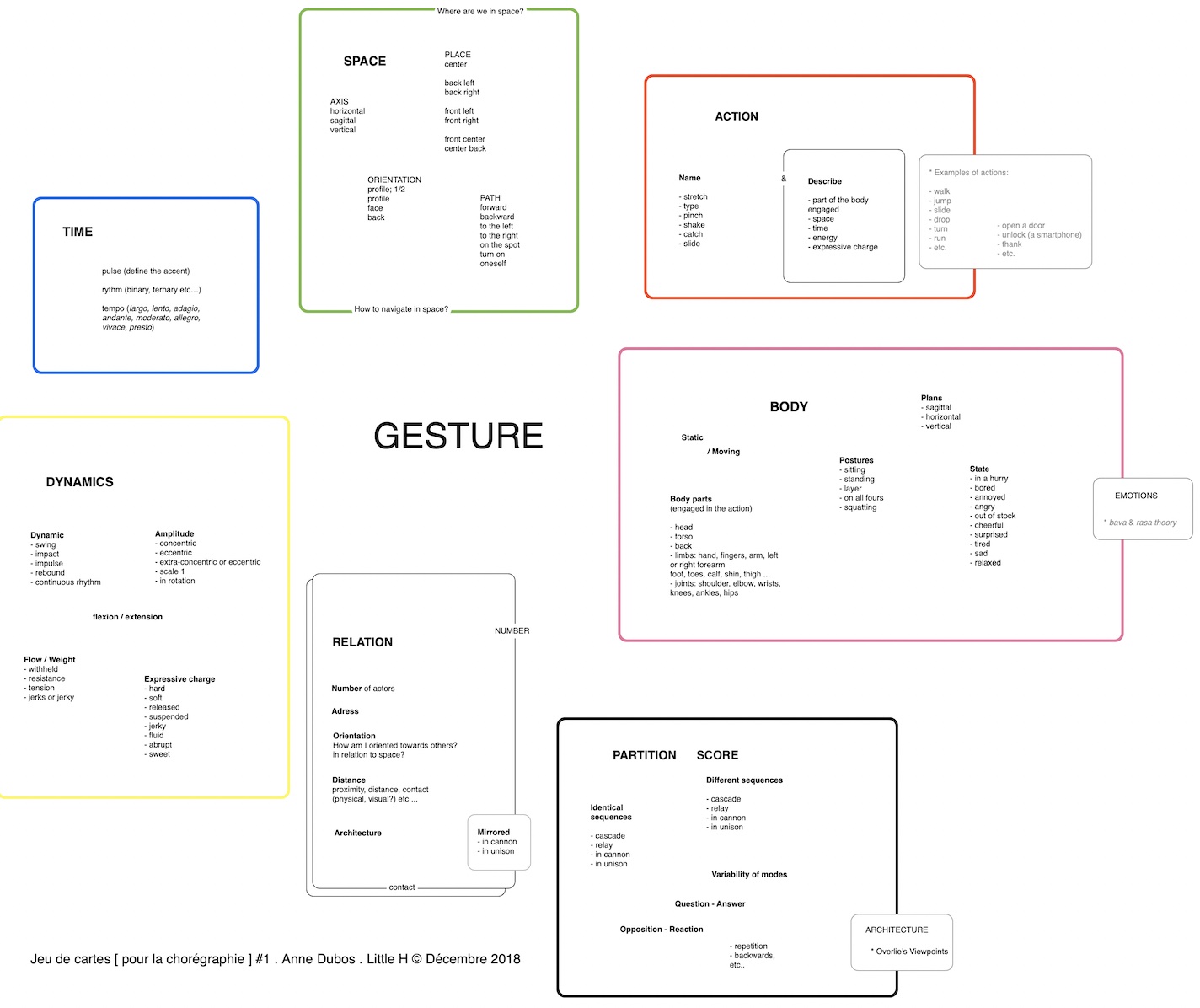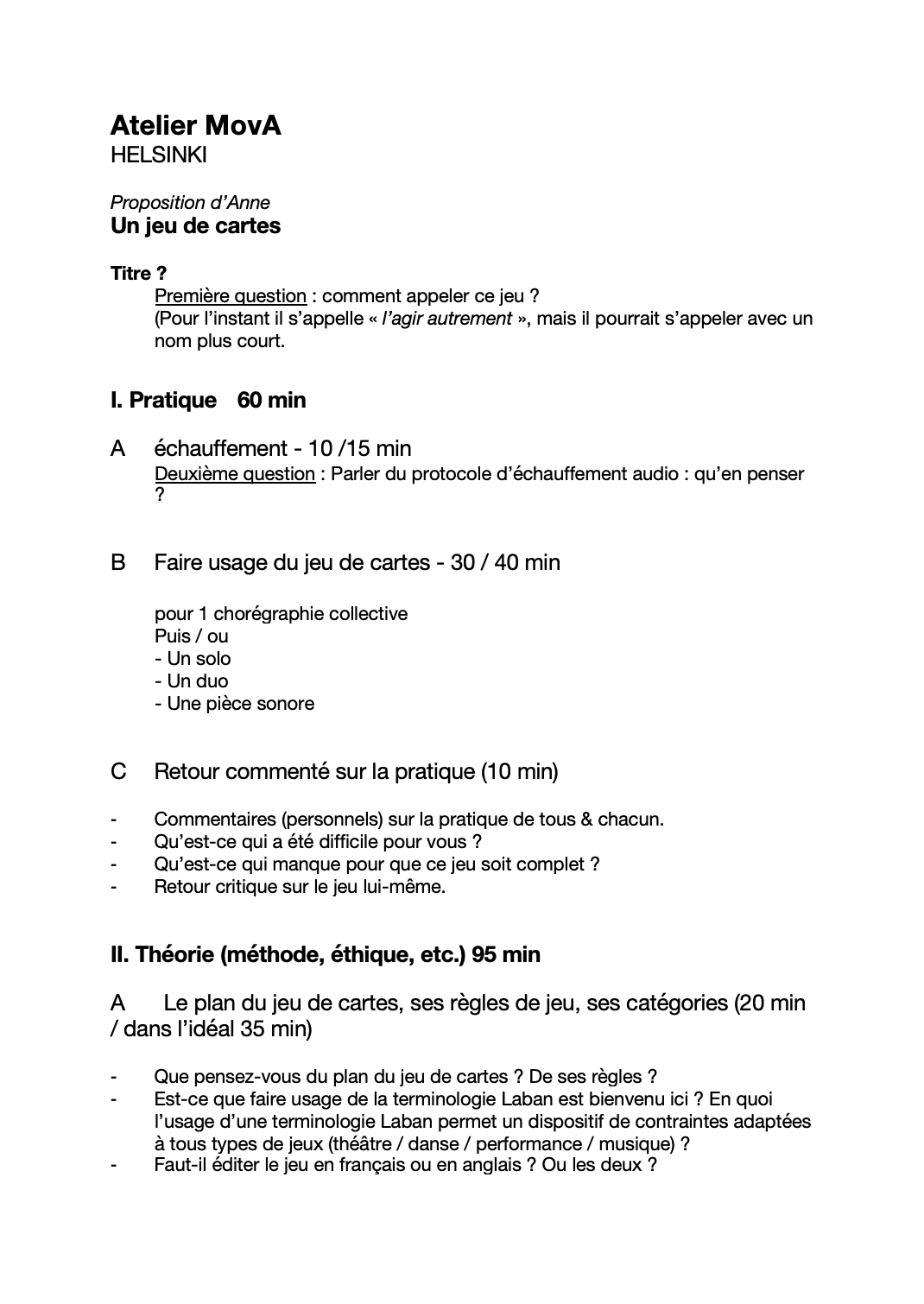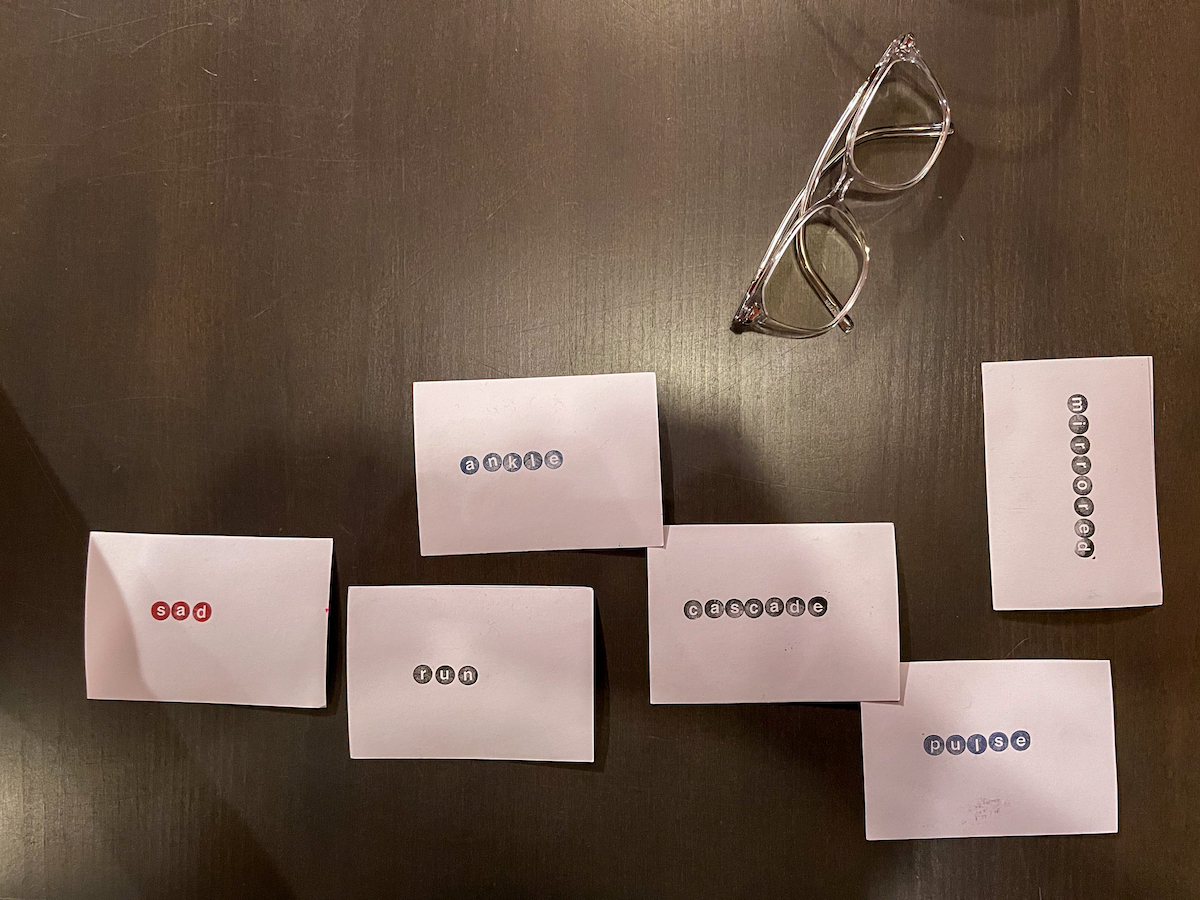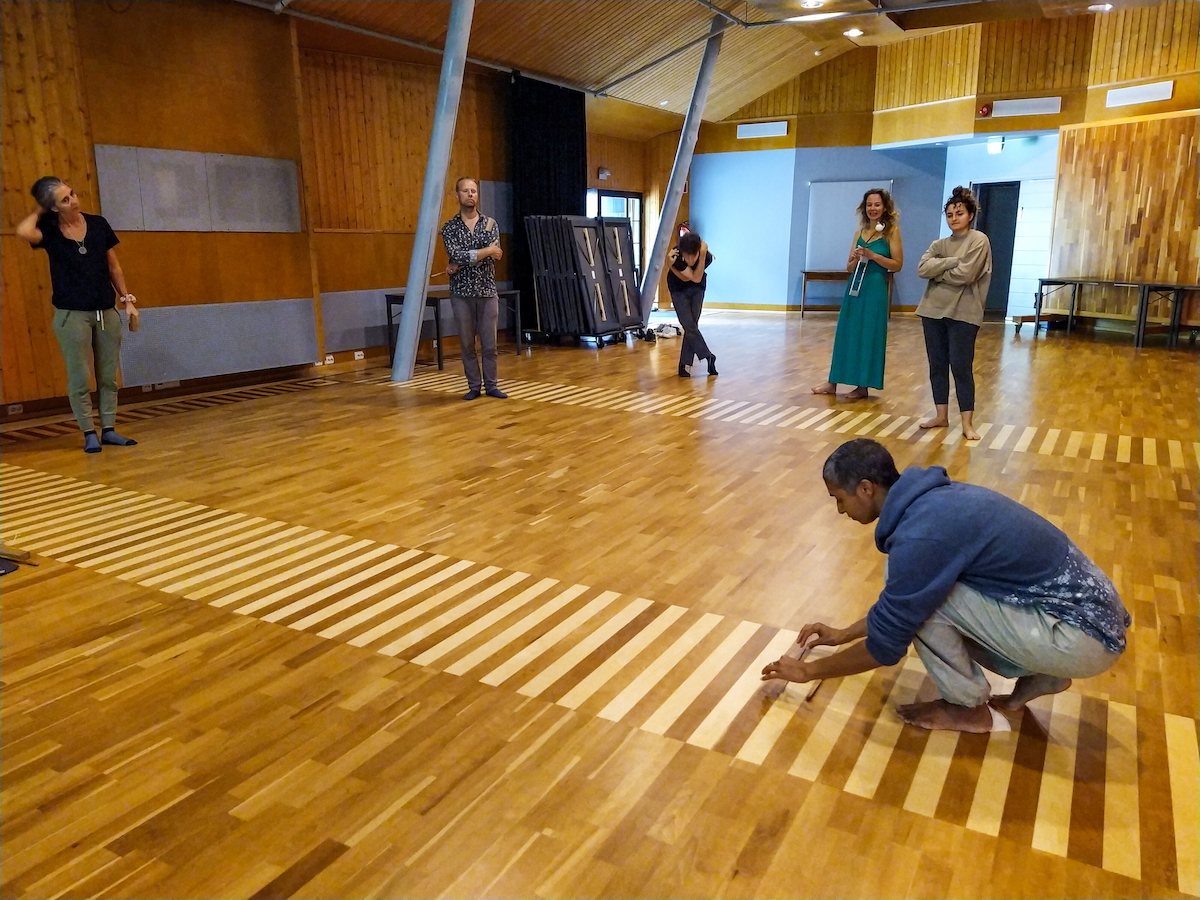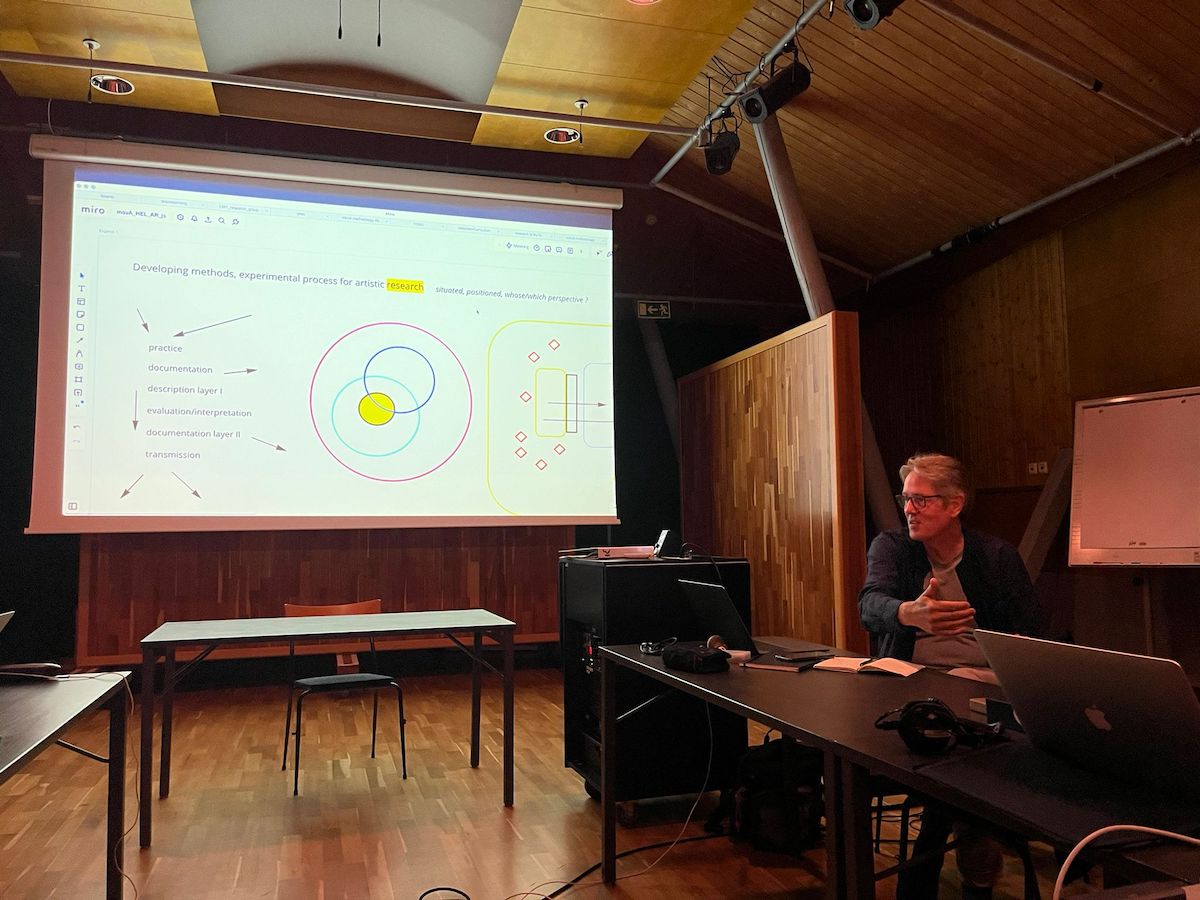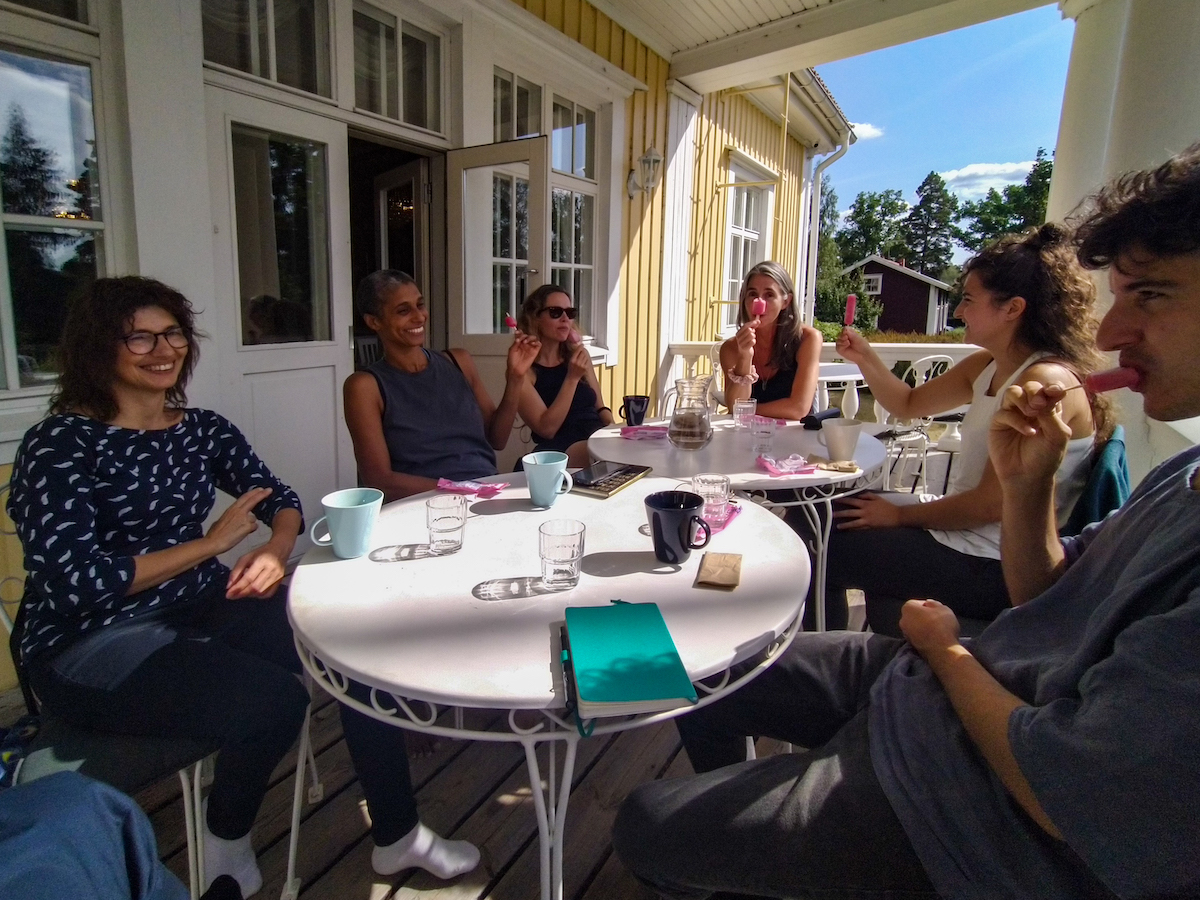23. - 24. August 2022, at Kallio Kuninkala, Järvenpää (near Helsinki)
Organized by Jan Schacher (Centre for Music and Technology, Sibelius Academy, Uniarts Helsinki) at the Kallio Kuninkala research and production centre, near Helsinki, Finland.
This edition of Mova continued the focus on methodology development. Continuing on the work done during the online processes for the organisation of the Mova’s meetings,
The participant's propositions covered exploring methods through concrete experimentaion in practice, exploring concepts during disucssions and sharing work and projects.
Participants (alphabetical by first names):
- Anne Dubos, Little Heart Movement
- Bertha Bermúdez, Creative Paths
- David Rittershaus, motionbank
- Esther Calderon Morales, MuTe, Uniarts Helsinki
- Hugo Scurto, EUR ArTeC / Université Paris 8 / EnsadLab
- Jan Schacher, CM&T, Uniarts Helsinki
- Marianne Decoster-Taivalkoski, CM&T, Uniarts Helsinki
Short term visiting researchers:
- Ava Grayson, SaMa, Uniarts Helsinki
- Otso Avaanranta, Research Institute, Uniarts Helsinki
- Paola Livorsi, MuTe, Uniarts Helsinki
- Charles Quevillon, MuTe, Uniarts Helsinki
Programme Schedule
Tuesday 23.8
Morning 9:30 -12:30 (with coffee at ~11:00)
- — 09:30 – 12:30 Anne Dubos : card-game, terminology
Afternoon 13:30 – 17:00 (with coffee at ~15:00)
- — 13:30 – 16:00 Bertha Bermúdez
- — 16:00 – 17:00 All Discussion Situated Knowledge, Ethics
Evening (after dinner)
- — Discussion research Ethics /Literature? or Environmental sound work?
Wednesday 24.8
Morning 9:30 -12:30 (with coffee at 10:30)
- — 09:30 – 10:30 Jan Schacher : developing methods, experimental process for artistic research
- — 10:45 – 12.30 Hugo Scurto : graphical representation on methodology
Afternoon 13:30 – 17:00 (with coffee at 15:00)
- — 13:30 – 16:00 Jan Schacher / Bertha Bermúdez: methodology
- — 16:00 – 17:00 All Discussion: Archives
Evening (after dinner) ?
- — Discussion on movA project development, archives, “movA archives”
Participant contributions:
A) Anne: situated knowledge
- — communities of speaking and relationalities
- — movA -» situated knowledge - in relation to movement and description of gesture, bringing a point of view, phenomenology, light/dark side of knowledge
Format: (time-line proposition)
- — 30-40 minutes de pratique: re-discuss
- — methodology et glossary
- — reading time
B) Berta/Jan:
- — methodology development in 2 parts
- — practical moments
C) Berta
- — practical work around archival practices
- — description
- — questions of ethnography / autoethnography
- — sharing practices for a shared embodiment / re-embodiment
- — bodily points of reference to re-activate (movement-based glossary)
D) Hugo
- — a proposal for a graphical representation of the work we've done along our methodology sessions, as we agreed during our last meeting.
- — propose a practical experiment on soundscape, combining listening sessions of both recorded and ML-generated soundscapes w/ group discussions on the felt dimensions of soundscape interpretation.
E) Jan: method development for artistic research
E) Archive : discussion, what's the future of the archives "pimp-my-mova"
F) Shared work on the sound environmental listening, recording etc.
Marianne Decoster-Taivalkoski 4. September 2022
Account of my experience:
Here are a few notes related to the sessions on archive led by Bertha. I remember Bertha kindly asked the observers to share notes and questions with all. Let it be just a swift glance into the perspective of an observer, a very humble attempt in opening up one facet of your work and how one can connect to it in the flow.
While watching the video material of the dance, I analyse the corporeal movement but I also feel it, or I feel a kinaesthetic resonance of it in my body. Knowing that I’ll have to perform it or find bodily solutions to enact the movements, at this moment of watching the video, my body already starts to move together with what I see and analyse. I try to spot the moments where I have more questions about how to perform a movement and affine my analyse of these moments of the flow of movement. I go backwards in the video and repeat the viewing of some parts to see again some aspects I did not quite manage to grab (ex. how the man stands up from the floor position, how the feet organise that movement, the coordination of this movement etc..). The video is a good medium for this back and forth viewing and analysis of a movement flow.
The screen is too small, my eyes are attached to it, I fell a lot of pressure in my gaze. Maybe I would need to see this on a larger screen. OrI feel a need to be there in real, there where the dancers are in real. Am I projecting myself into the realm shown on the video? What is the relation between the time and space shown in the video and mine, the place where I’m trying to understand the movement, the dance? Doing this experiment feels like I’m building a continuity between the two spaces, the to time flows and both the body of the dancer and mine.
Experimenting the movement with my own body, getting an embodied experience of the movement flow represented in the video, I learn something of the body of the Other. I try to join the Other and make an Us, understanding some new way of moving, but also taking risks (as I’m not certain to succeed in replicating the movement making it recognisable enough, does my way of moving suit this dance?) Am I lending my body in movement to the dance or am I appropriating the dance to myself? I’m not quite sure what happens there.
Maybe it is about imagining the Other in me, through the movement, lending my bones, flesh and skin for the Other to take presence in the moment of the movement and listening to the print it leaves in me. Some parts of the movements feel odd or awkward and need more rehearsal than some others to become smooth and easy. I meet a resistance and at the same time I’m involved in an enchanting process of discovery. I could stay there trying and practicing for hours...
I feel also some frustration: I’m not close enough to this Otherness, there is material I can’t access because this is only video not the real movement performed in front of me. I miss the presence of the dancer. Longing. In suspension.
But still I can understand the movement. I can let myself inhabited by this movement and move along with the image I made of it.
The experience felt too short, I would need more time for the personal exploration after analysis of the video material. Would need also to go back to the video material, note the differences between the various interpretation of the dance by various dancers in more details, understand the codes of each version of the dance… I could try to draw the movements or directions or visualise some abstraction that I make of what I see and feel, maybe I could make even more sense of all this?
